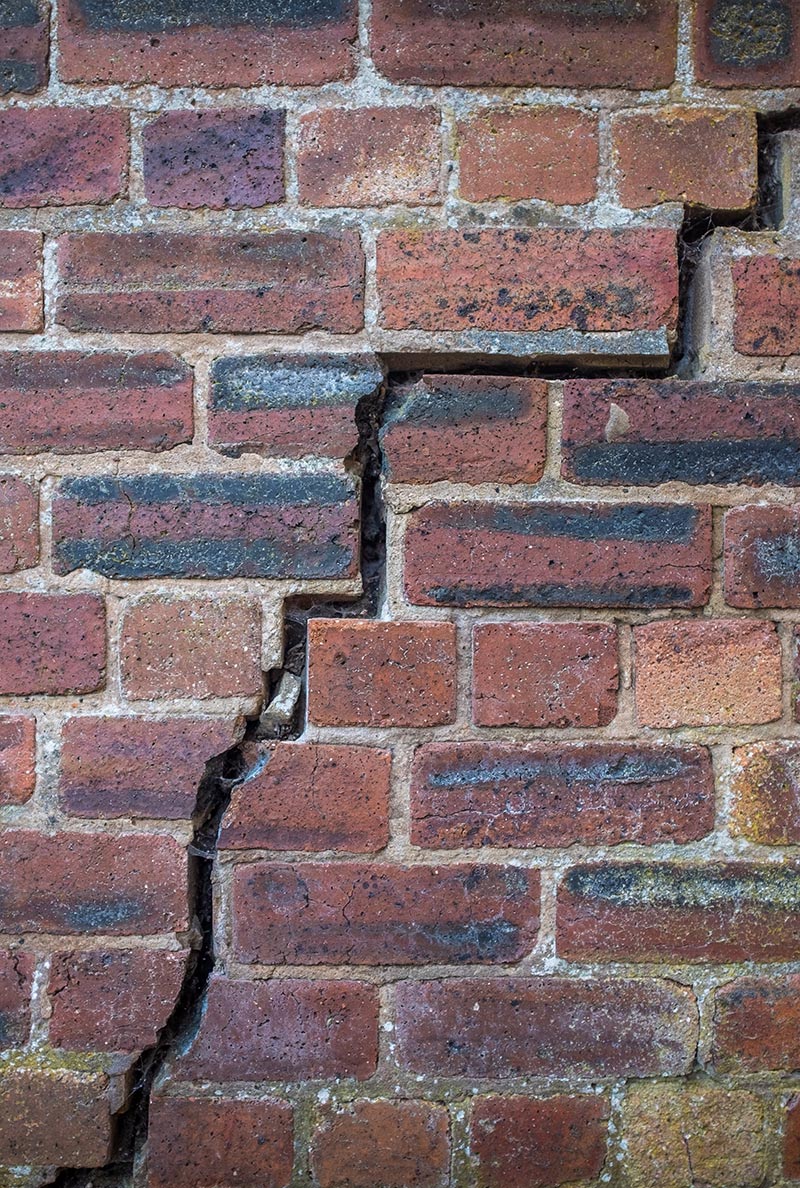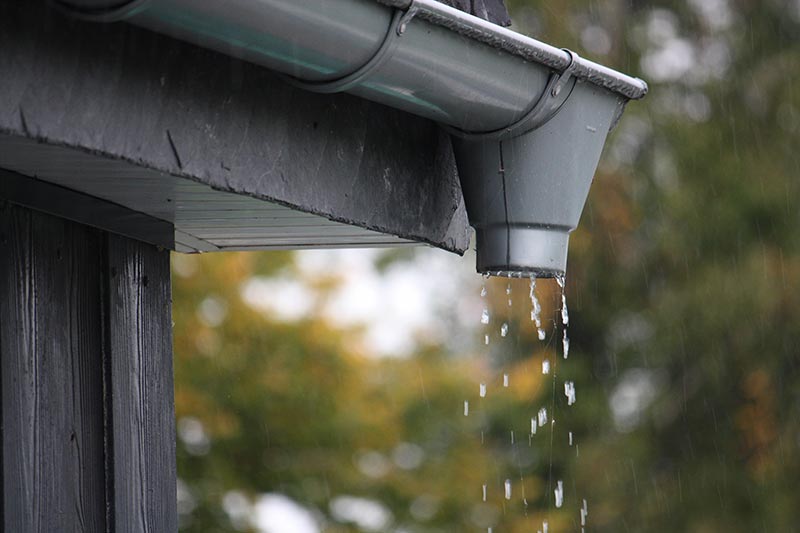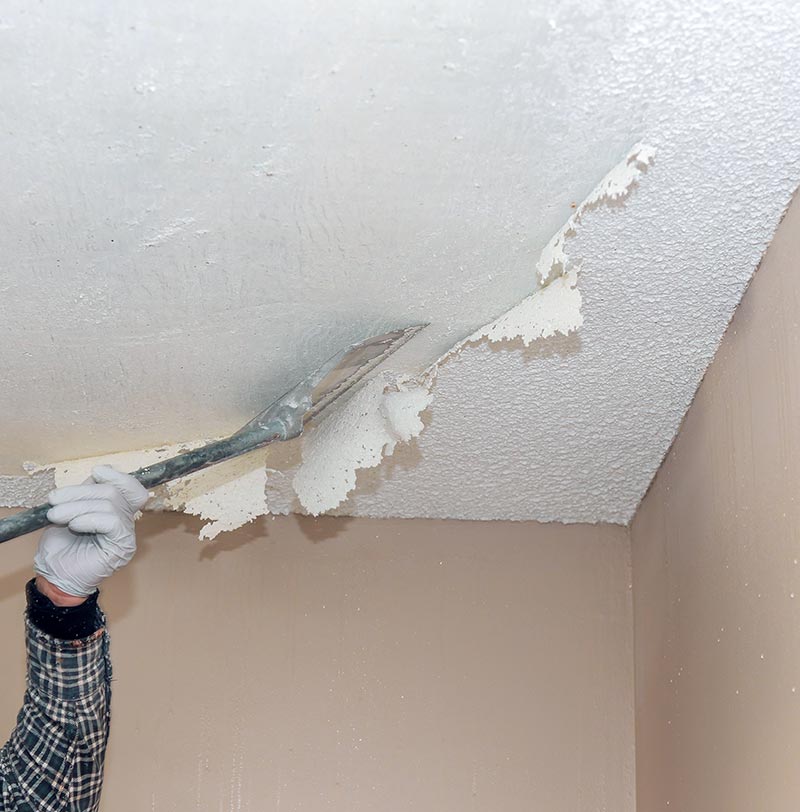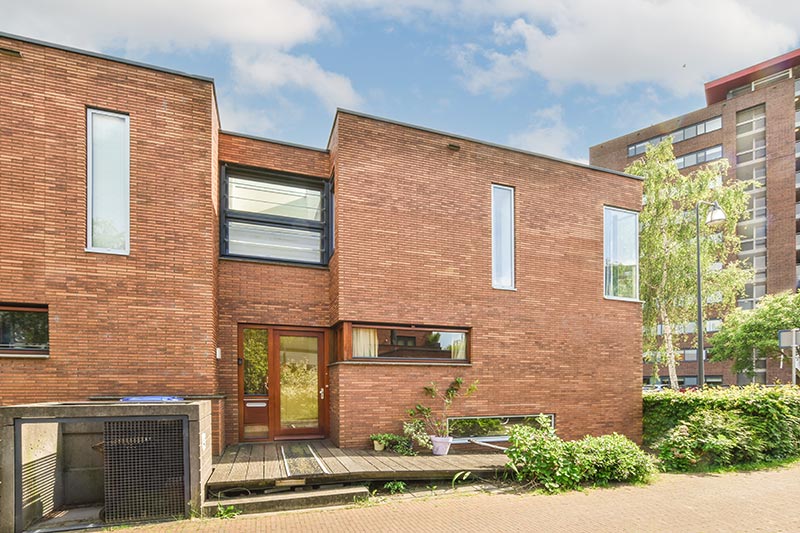Your home is under attack! While that might sound dramatic, it sits out in the elements for decade after decade often not receiving the care and maintenance it deserves. No wonder that almost all houses have defects of one kind or another. Here at Jay Surveying Limited, we provide in-depth advice on solutions that range from simple things you can do every day right through to those that require expert support. Here, we outline some of the most common housing defects we have seen over the years, and offer top tips for keeping your home in tip- top condition.

Damp/mold
Did you know that a typical family of four people produces up to 10 litres of water vapour a day through cooking, showering etc and this contributes to condensation you see on windows and walls. Along with damp rising up through walls from the ground below and water penetrating the fabric of the building, these sources of damp represent some of the most common problems we see during our inspections. Moreover, untreated damp will lead to black mould that presents a serious risk to health.
We assess if damp is a concern for your property and advise you about the steps you can take to remedy it. For condensation, these solutions include targeted window opening, installation of trickle vents, strategic positioning of dehumidifiers, manual vs sensor-driven extractor fans, right through to whole house systems such as positive input ventilation.
Cracks
Almost all houses have cracks. Some indicate serious structural problems whereas others represent little or no concern. They can appear in many different locations and in different materials. We have seen cracks of all shapes and sizes and help you be aware of likely causes and remedies. To give some examples –
- Small cracks can appear when new materials such as plaster dry out
- Vertical thermal cracks that can appear in long runs of brickwork that do not contain adequate expansion joints
- Stepped cracking in walls that may extend through bricks/blocks over many courses that has been caused by subsidence due to the ground below the foundations being displaced/removed
- Parallel horizontal cracks running along the mortar in external walls that indicates wall tie failure
Although it is relatively rare for us to have concerns about cracks being indicative of serious structural problems, when we do we advise on the steps you can take including where necessary the need to call for more detailed investigations.


Gutters etc
Along with downpipes grids/gulleys etc, gutters make up what are known as a property’s rainwater goods. Although they serve the essential task of directing rainwater to appropriate drainage outlets, they are often neglected and contribute to some of the most common problems we see during our surveys. Leaves and other debris from nearby vegetation and moss from roofs can build up and block the free flow of water. It is essential to periodically have rainwater goods inspected and if necessary, cleared in order to save yourself from serious problems arising from water penetration into your home and blocked drains underground.
Hazardous materials
New houses are built under strict regulations that prevent dangerous materials from being used. However, this wasn’t always the case. Although there are steps you can take to minimise any risks, it is important to know about some of the hazardous materials that may exist in the property you are purchasing. Although not a definitive list, here are some of the more common materials to be aware of. Asbestos only became prohibited as a building material in 2000 and we still see asbestos containing materials in many properties in such things as textured walls and ceilings, panels in garages, in rainwater goods, and in insulation for older boilers, pipes and in attics. The inclusion of lead in building materials has been strictly regulated for many years but again it remains in many older properties, notably in water pipes and paint. All reports from Jay Surveying Limited highlight if we have seen any visible indications that hazardous materials are or could be present.


Other risks to people
All of our reports direct you to anything we see at your property that could pose a risk to people. Briefly, these include the following things. The use of non-safety glass in doors and windows, large gaps in stair banisters etc that could allow children to get through, steep stairs, guard rails that are too low, slippery indoor and outdoor surfaces, exposed wires, ponds, low window cills, inadequate smoke/heat/carbon monoxide alarms, lack of appropriate fire escape windows etc. We offer advice on anything we see that could pose a risk to you and your family.


